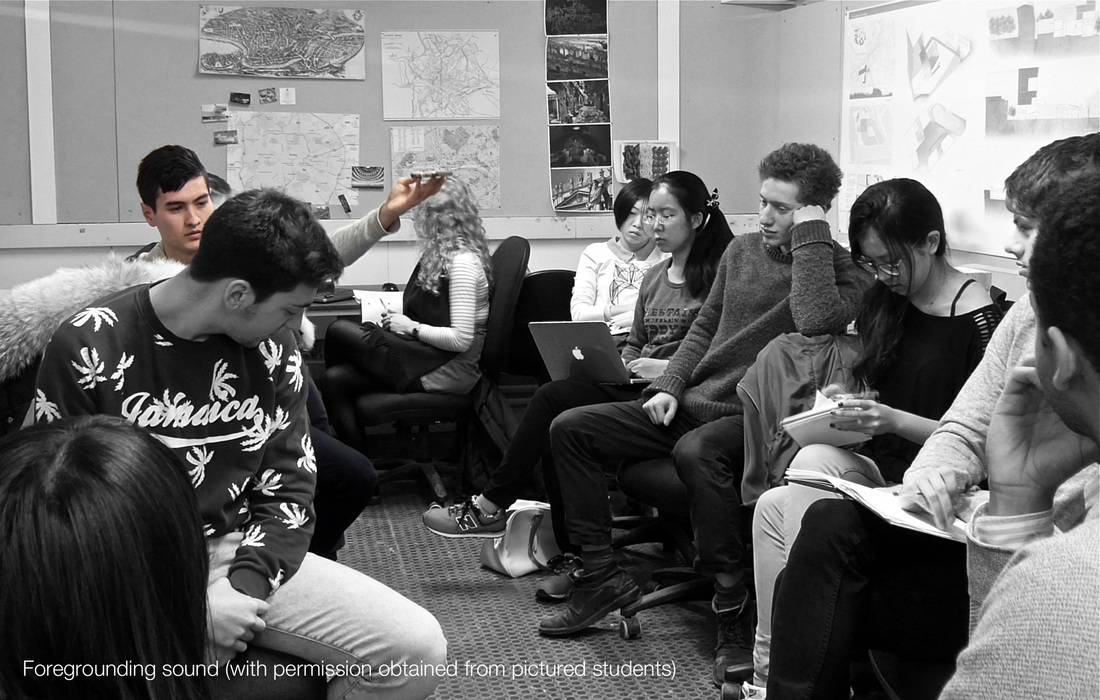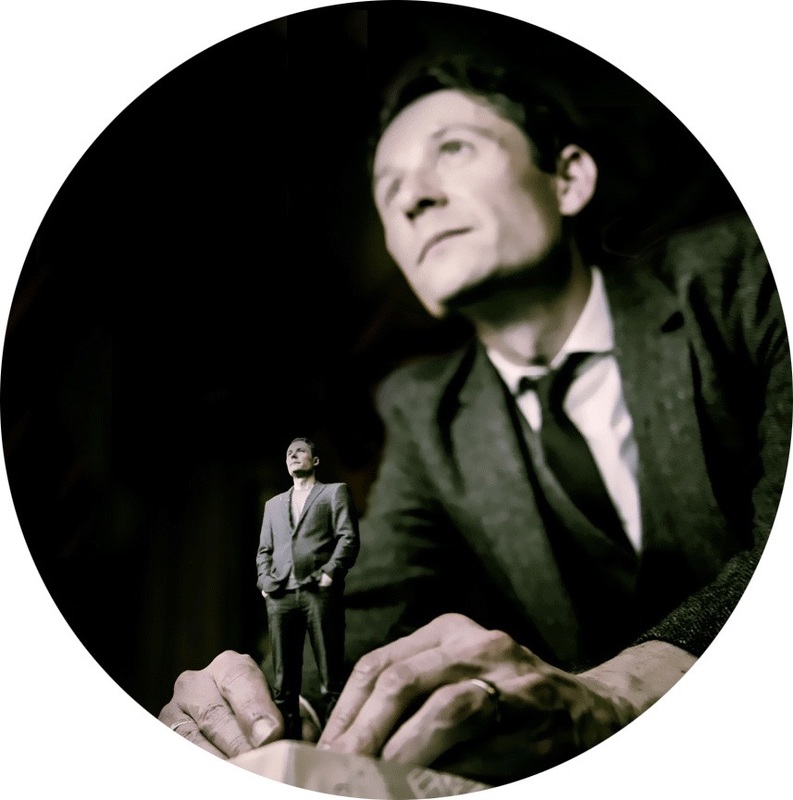|
Following a path which deviates from the central interest of my Doctoral research, I’m spending a bit of time this afternoon drafting a paper for the Vizualising the Street conference in Amsterdam this June. The conference is being hosted by the Amsterdam School for Cultural Analysis (ASCA) Cities Project and will explore the impact of contemporary practices of image-making on the visual cultures of the street. Along with my colleagues Jeremy Knox and Michael Sean Gallagher I will be arguing that in order to better understand the city we need to pay greater attention to the aural character of our environment. This isn’t about disregarding the visual, but instead asking what happens when we consider sound alongside sight, and what implications this has for our ability to ask questions about our relationship with the city. That the aural character of urban space is under-considered is made loud and clear by Trevor Cox, Professor of Acoustic Engineering at the University of Salford. In Sonic Wonderland: A Scientific Odyssey of Sound, Cox proposes that:
The position Cox takes is built upon a career working as an acoustician, often attempting to understand and remedy the sonic deficiencies of spaces such as lecture theatres and grand concert halls. Amongst other things that we can take away from his work is that urban space both affects, and is affected by, sounds that reverberate between and within structures. I recently saw this point illustrated during a visit to Edinburgh University’s Architecture school where I observed students working on the design of a library building. Asked by the tutor to share their thoughts from a recent field trip to Rome, most of the group drew on notes to offer descriptive accounts of what they had seen. In contrast, one student, Alex, held his phone aloft and played two audio recordings he had made whilst walking the length of the prospective library sites. As he did this he provided a spoken commentary describing the changing nature of the soundscape as church bells came to the fore before being replaced by the bustle of a street market. This prompted us to consider how the library building might work in concert with the aural material of the city. Still in Italy, in his essay Recording the City: Berlin, London, Naples, sound artist and composer BJ Nilsen describes how sound recordings provide us with high levels of detail whilst helping us to travel back to the field site.
Returning to the Visualizing the Street conference, the paper I am writing just now requires that Michael, Jeremy and I arrive a day ahead of the conference in order to get lost in Amsterdam, just as Nilsen describes in his wander around the pescheria in Naples. The route we choose to navigate through Amsterdam will certainly be influenced by the sights that grab our interest, however we’ll also have an ear closely tuned to the sounds coming from the courtyards, canals and cafes that we encounter as we attempt to draw meaning from the streets of Amsterdam.
References: Cox, T. (2004) Sonic Wonderland: The Science of the Sonic Wonders of the World. London: Vintage Books. pp. 16-77 Nilson, B.J. (2014). Recording the City: Berlin, London, Naples. In The Acoustic City, Gandy, M. and Nilson, B.J. (Eds). Berlin: Jovis Verlas. pp. 57-58. See also: EC1: Sights and Sounds Architecture, multimodality and the ethnographic monograph The Sights & Sounds of Portsmouth & Southsea
0 Comments
Leave a Reply. |
Search categories
All
I am a Lecturer in Digital Education (Education Futures), within the Centre for Research in Digital Education at The University of Edinburgh.
@james858499 [email protected] |

